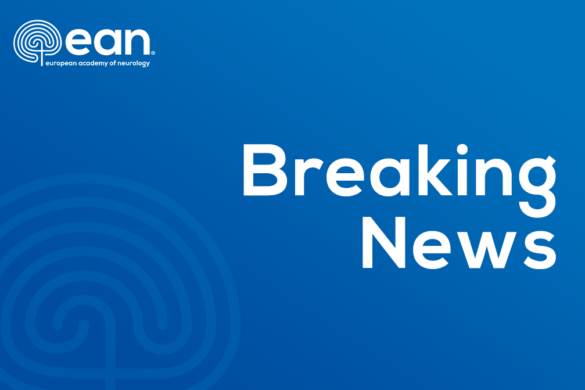Literature Review
This review, recently published in JAMA Neurology, serves to summarise available information regarding coronaviruses in the nervous system, identifies potential tissue targets and routes of entry of SARS-CoV-2 into the central nervous system, describes the range of clinical neurological complications that have been reported thus far in COVID-19, and their potential pathogenesis. Viral neuroinvasion may be achieved by several routes, including trans-synaptic transfer across infected neurons, entry via the olfactory nerve, infection of vascular endothelium, or leukocyte migration across the blood-brain barrier. The most common neurological complaints in COVID-19 are anosmia, ageusia, and headache, but other diseases, such as stroke, impairment of consciousness, seizure, and encephalopathy, have also been reported. The authors underline that recognition and understanding of the range of neurological disorders associated with COVID-19 may lead to improved clinical outcomes and better treatment algorithms. Moreover, they highlight that further neuropathological studies will be crucial to understanding the pathogenesis of the disease in the central nervous system, and longitudinal neurological and cognitive assessment of individuals after recovery from COVID-19 will be crucial to understand the natural history of COVID-19 in the central nervous system, and monitor for any long-term neurological sequelae.
View Article: https://jamanetwork.com/journals/jamaneurology/fullarticle/2766766
Ranking System of Breaking News Publications












